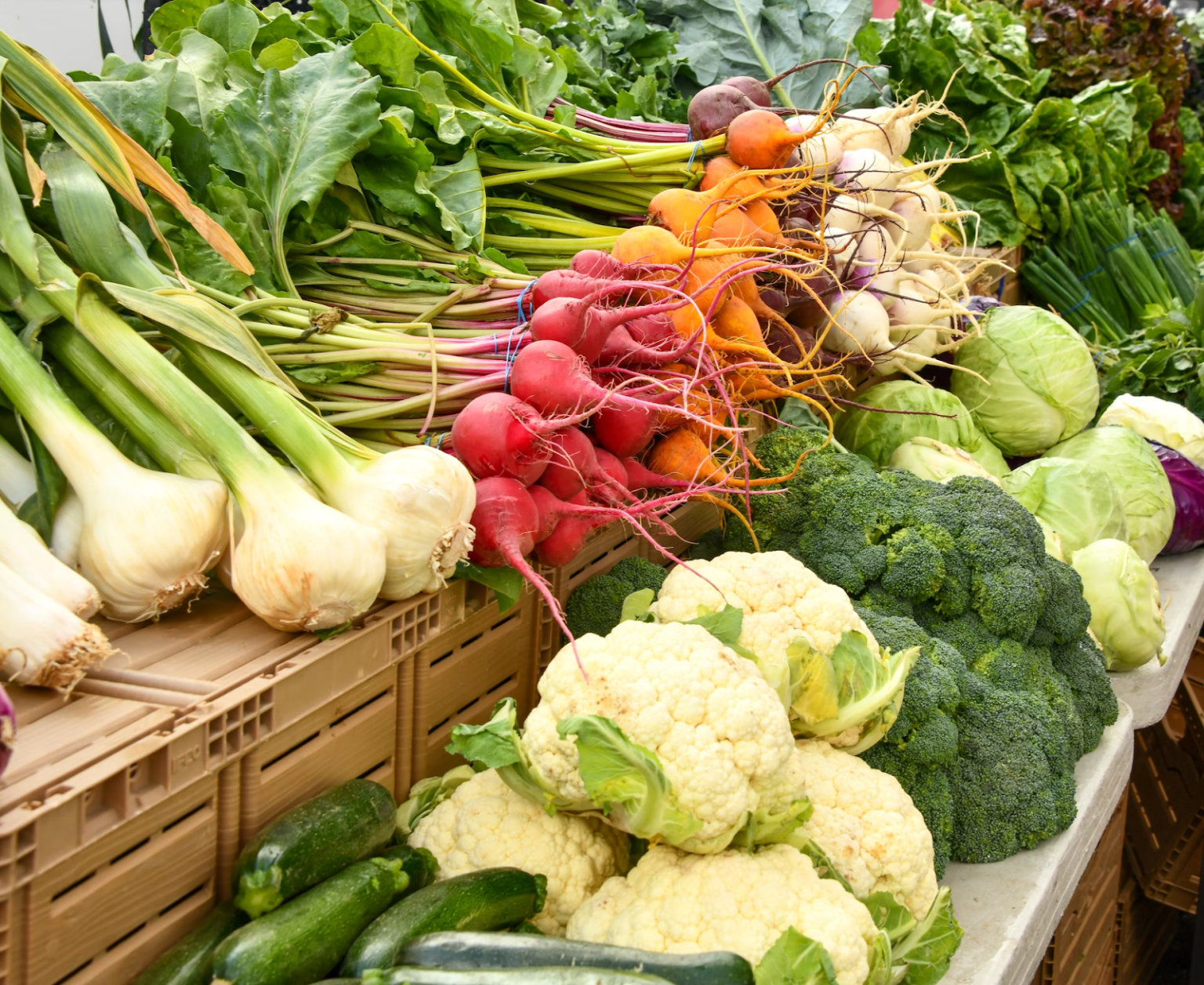A recent study has found that Brits are consuming just two-thirds of the recommended fibre intake, and as Google searches for “food that is high in fibre’ have increased by more than +5,000% in the UK over the last 30 days, it’s clear to see how eager Brits are to maintain their fibre levels and learn more about their nutrition intake.
With this in mind, UK Registered Nutritionist and Head Chef, Anna Tebbs from meal-box delivery service Green Chef, has shared their advice on keeping your fibre levels up, with useful tips and tricks when it comes to planning meals.
Why do we need fibre in our diet?
Fibre is an important nutrient that can support the body’s overall health and wellbeing. The top benefits to a fibre full diet include:
-
Helping to make you feel fuller for longer
-
Helping digestion
Tips for keeping your fibre levels up
While sources of fibre might be typically associated with fruit and vegetables such as apples, pears, brussel sprouts and avocados, UK Registered Nutritionist, Anna Tebbs shares some alternative ways to maintain your fibre levels.
“Most adults should consume around 30g of fibre a day, but in the winter you might want to consider increasing this to help you feel fuller when your body is burning more energy to keep you warm.”
“It’s worth noting that sources of fibre do not have to be eaten in their raw state to receive the benefits. That’s right! Adding high fibre ingredients such as chickpeas, lentils or potatoes (leaving the skin on is even better) to your favourite soups or roasted veg dishes can help to increase your daily intake at no extra effort.”
“Another quick and easy way to increase your fibre intake is opting for wholemeal or granary breads and pastas. It’s reported that white bread contains 1 gram or less of fibre per serving, whereas wholemeal bread contains up to 3 or 4 grams.”
“If you have a sweet tooth, satisfy your cravings with dried fruit. Figs, prunes and dates have some of the highest levels of fibre, raisins and dried peaches are also a great source.”



